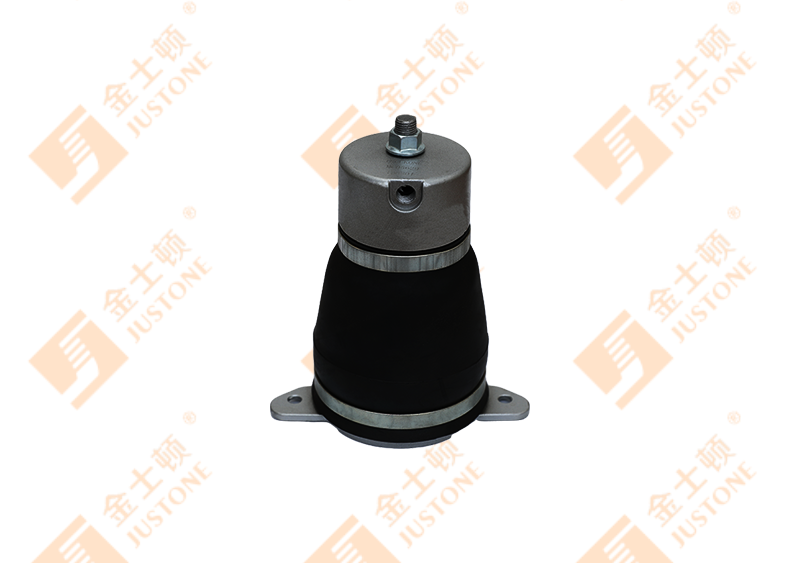Drive-down cabin shock absorbers, also known as cab shocks or cabin air shocks, play a crucial role in a vehicle's suspension system, particularly in heavy-duty trucks and commercial vehicles. The integration of drive-down cabin shock absorbers involves their placement within the suspension system and their interaction with other components. Here's an overview of how drive-down cabin shock absorbers integrate with a vehicle's suspension system:
Location and Mounting:
Drive-down cabin shock absorbers are typically mounted vertically and are located between the vehicle's cab (or sleeper compartment) and the frame. They are positioned to absorb vertical motions transmitted from the road surface to the vehicle's cabin.
Connection to the Frame:
The upper end of the drive-down cabin shock absorber is connected to the vehicle's frame. This connection allows the shock absorber to transfer the forces and movements from the frame to the shock absorber.
Connection to the Cab:
The lower end of the drive-down cabin shock absorber is connected to the vehicle's cab or sleeper compartment. This connection allows the shock absorber to dampen and control the vertical motions experienced by the cabin.
Pneumatic or Hydraulic System:
Drive-down cabin shock absorbers use either pneumatic (air) or hydraulic (oil) systems to provide damping. In pneumatic systems, air is compressed or decompressed to absorb and dissipate energy. In hydraulic systems, oil is used to control the movement of the shock absorber.
Damping Action:
As the vehicle encounters bumps, potholes, or other irregularities in the road, the drive-down cabin shock absorbers compress and release, providing damping action. This action reduces the amplitude of vibrations and oscillations transferred to the cabin, improving ride comfort for the occupants.
Coil Springs or Air Springs:
Some drive-down cabin shock absorbers are integrated with coil springs or air springs. These springs provide additional support and help maintain proper ride height, especially in the case of air suspension systems.
Linkages and Bushings:
Linkages and bushings are used to connect the drive-down cabin shock absorber to the frame and cabin. These components allow for controlled movement and flexibility, accommodating the vertical motion of the cabin while maintaining stability.
Adjustability:
Some drive-down cabin shock absorbers are designed to be adjustable. This adjustability allows the driver or operator to fine-tune the damping characteristics of the shock absorbers based on load conditions, road conditions, or personal preferences.
Compatibility with Other Suspension Components:
Drive-down cabin shock absorbers must be compatible with other components in the suspension system, including leaf springs, air springs, torsion bars, or other supporting elements. The overall suspension system should work harmoniously to provide optimal ride quality.
Maintenance and Inspection:
Regular maintenance and inspection are essential for drive-down cabin shock absorbers. This includes checking for leaks, inspecting mountings and linkages, and ensuring that the shock absorbers operate within their specified parameters.
Safety Considerations:
The proper functioning of drive-down cabin shock absorbers is critical for the safety and stability of the vehicle. A well-maintained suspension system, including the shock absorbers, contributes to improved handling and control.
